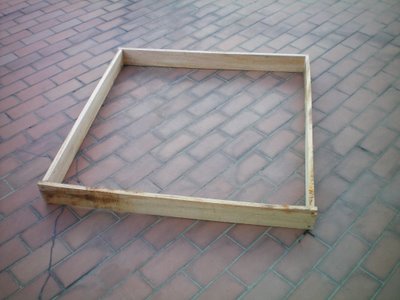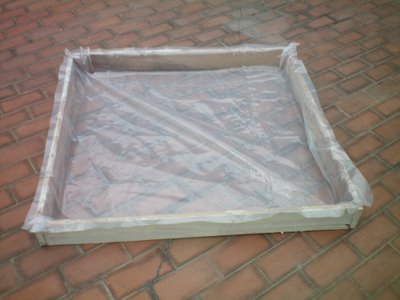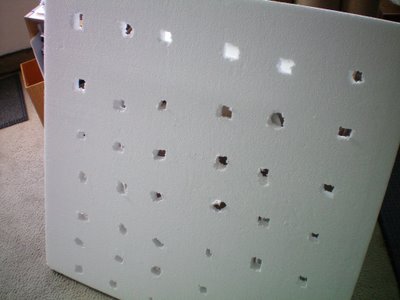Most hydroponic gardening techniques demand strict control over the growing media and ambient variables in order to have a crop in optimum conditions. However, most small hobby and commercial hydroponic gardeners do not have the budget necessary to build a greenhouse and need to have their systems exposed to the elements. This is why I decided to write a post about growing hydroponic plants in outdoor conditions, to show growers that hydroponics can be grown outside if adequate precautions are taken.
So what is the problem with the outdoors ? Well, the main problems are temperature changes, rain, haze, snow and excess light. Plants grown outside a greenhouse do not have any protection against direct sun, rain, haze or snow and are therefore most likely to be damaged by the elements. This of course, does not mean that the crops cannot be taken outside.
In countries where there are four seasons (and winter has snow), care needs to be taken not to grow any plants during the winter, because snow will most likely kill all the crops. furthermore, low temperatures are likely to freeze the nutrient solution, something that can be a really bad problem in a hydroponic garden.
Another precaution that needs to be taken is to be specially watchful of the levels of EC in the hydroponics garden. In this special case, nutrients need to added in order to compensate for dilutions caused by rain. Electrical conductivity levels need to be taken before and after a rain storm in order to know the change in EC and return it to normal after. Note that this is a special case, normally nutrients should never be added to a solution which was naturally depleted by the plants. Please read the EC FAQ post for more information about this.
Another important thing is that plants should be protected from excessive evaporation by using hydro-gels. These polymers are applied over the plants root ball and effectively retain moisture for the plant so that possible stress from excessive evaporation becomes minimal. If the sun is too strong, additional measures such as nutrient reservoir cooling (with ice for example) have to be done in order to maintain adequate temperatures around the root zone.
It is clear that hydroponic crops can be grown outside but growers have to take special precautions with this area of hydroponics and commercial growers using this technique should have the losing of one crop a year in their budget (for crops such as lettuces) due to ambient conditions ruining their growth. (below, an image from a special program done by the UN to help poor people use hydroponics as a stable source of income)
–













